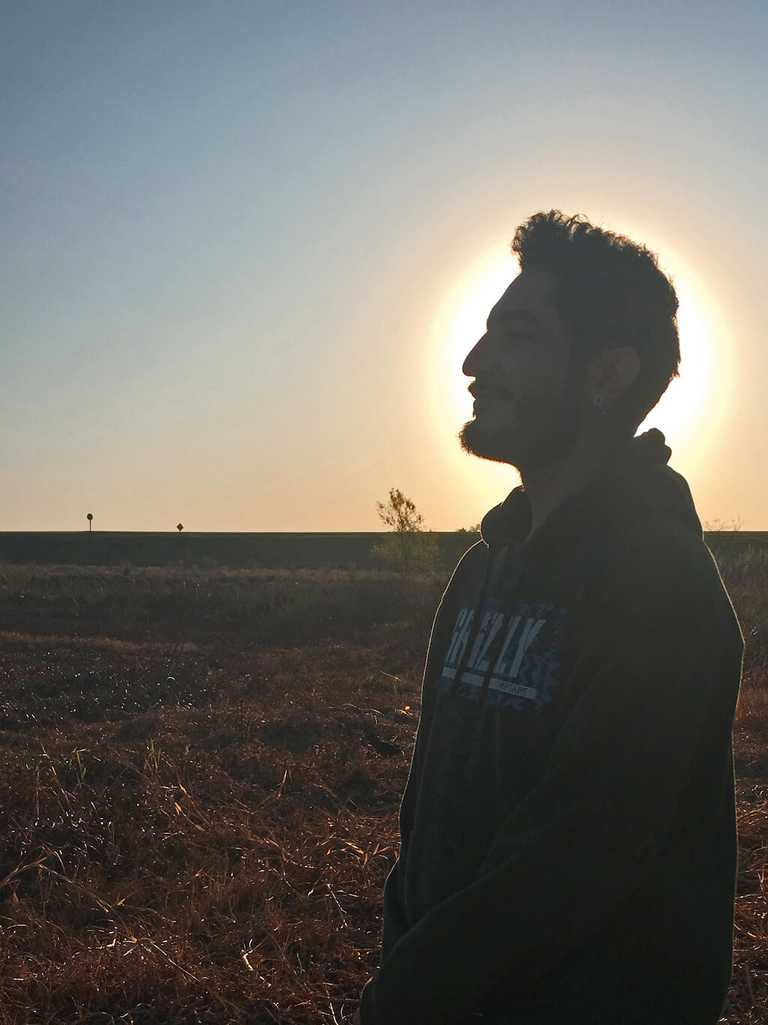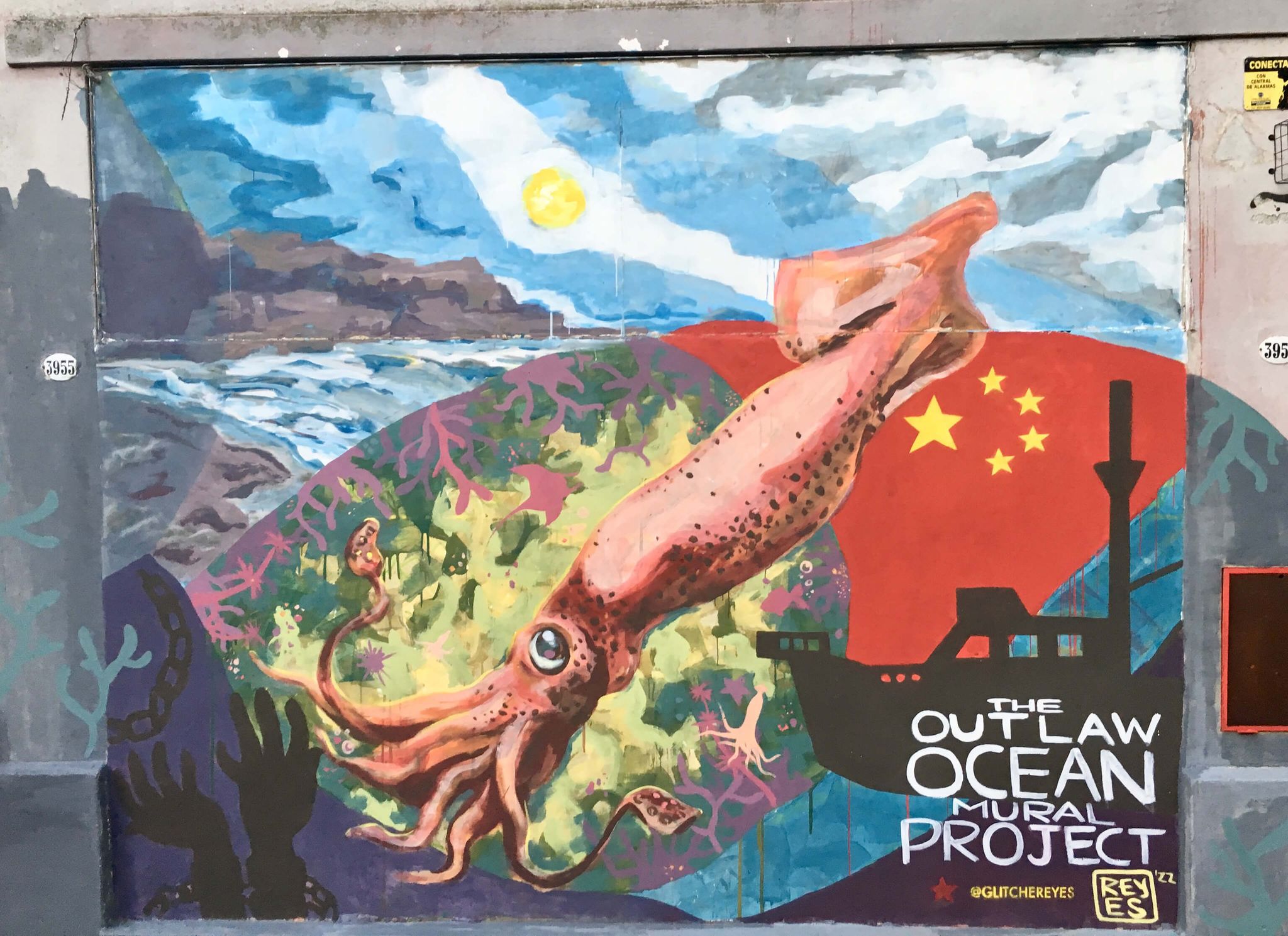The Silent Invader

Artist — Felipe Reyes
Before getting involved in this project, my notion of the ocean was one of paradisiacal landscapes, sun, beach, marine life wandering free and inhospitable scenery, beyond human influence. When I learned about Ian's work, I was very surprised by issues such as slavery and the existence of pirates in the open sea, for example, which are not a thing of the past, but are present today and are part of the extractivist logic that devastate ecosystems and destroy life.
I think that beyond the various positions and opinions that each and every one of us has regarding any particular subject, avoiding putting on the table this type of discussion affects all of humanity and it’s something that should be public knowledge. I think that therein lies the true value of what we are doing, in this collaboration between journalism and art.
Perhaps the most challenging part of tackling this work was trying to use images that could challenge any observer and that, in turn, would reflect as unequivocally as possible the issues raised in Ian's work. During my creative process, I usually use symbols or central locations from which I can speak to the common person, to those who walk the streets and come across my murals in public spaces.
I believe that art above all creates space for doubt, raises questions and generates different interpretations or perceptions. And to that extent, the invaluable ability of art to inspire debates with the first-hand information that journalists and researchers provide is super important. One of the events that struck me the most about Mauro Ousmane was the existence of organizations like Sea Shepherd that intervene through direct action, confronting and interfering with the operation of whaling ships around the world.
There is definitely something that is beyond imagination about the ocean and it excites people.

MURAL LOCATION — Buenos Aires, Argentina
Artist Bio —
Felipe Reyes is a visual artist, muralist and art teacher. He was born in Bogota, Colombia, and has worked and lived in Buenos Aires, Argentina for more than a decade.
His interest in public space originated in his early experiences in community work. His first mural interventions were an extension of his neighborhood work and participatory artistic experiences.
His mural based on The Outlaw Ocean Project reporting highlights concerns about the massive presence of industrial Chinese squid boats in and near Argentinian waters and the environmental and human rights issues on these ships.
Reyes’ path through socially impactful artistic projects was definitely influenced by the confined environments and populations he witnessed. Entering spaces such as neuropsychiatric institutions, penal centers and homes for people with disabilities allowed him to get closer to these realities and touched him deeply. Thereafter, he adopted unorthodox working techniques and methodologies.
Reyes’ aesthetic seeks to balance chance and conscious decision, synthesis and expressiveness, using accident and gesture as raw material. He explores the depths of society's psyche and heart, as well as his own. His work is full of recurring iconographies, atmospheres, color palettes and aesthetic codes. Reyes’ content revolves around love, the body, connections, family, childhood and a sense of home.
Working on Reyes’ personal themes of intimacy and the inner world, using public space as support, only reveals one of the most intrinsically human constants: contradiction.
Murals added monthly